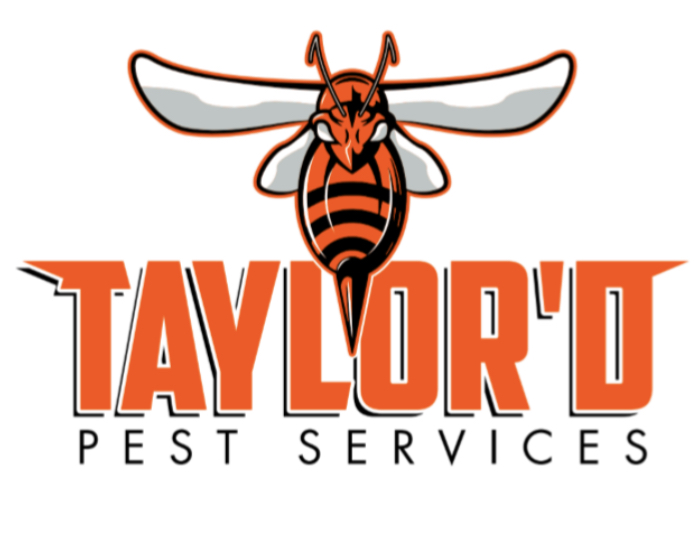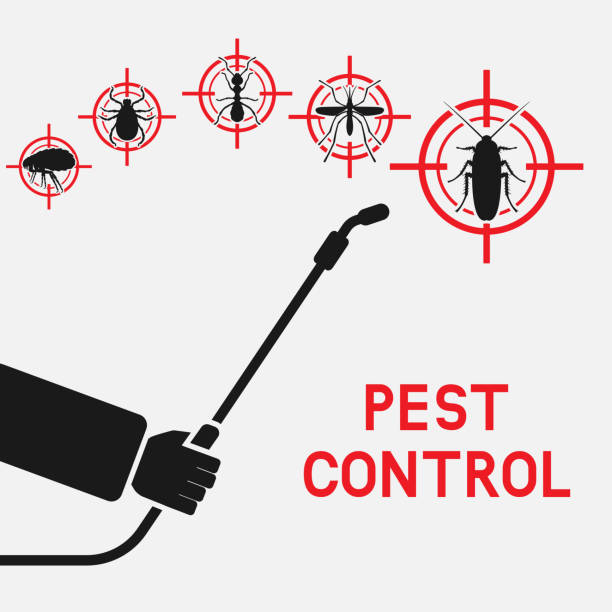Sorts Of Pest Control: Which Technique Is Right for Your Problem?
When faced with a parasite infestation, the option of a proper approach for pest control is crucial in successfully managing the scenario. By checking out the numerous types of bug control methods offered, individuals can make informed choices tailored to their special circumstances, ensuring a much more lasting and effective end result in insect obliteration.

Chemical Parasite Control
Chemical parasite control entails using synthetic or naturally derived chemicals to handle and eradicate pest populations efficiently. This technique is commonly used in agriculture, forestry, and domestic settings to battle a wide variety of parasites, consisting of weeds, bugs, and rodents. Making use of chemical pesticides can offer quick and targeted services to pest infestations, making it a preferred choice for several people and organizations.
One of the key advantages of chemical insect control is its ability to promptly get rid of bugs, minimizing the risk of damage to crops, residential or commercial property, and human wellness - pest control visalia. By making use of particular chemicals that target particular parasites, this approach can successfully manage problems while lessening harm to valuable microorganisms and the environment when used properly
However, using chemical parasite control likewise elevates issues concerning potential unfavorable results on non-target types, water sources, and human health and wellness. It is important to follow security guidelines, apply chemicals responsibly, and take into consideration alternative parasite control techniques to decrease these dangers and make certain sustainable parasite management methods.
Organic Parasite Control
Biological bug control, likewise understood as biocontrol, utilizes living organisms to take care of and minimize insect populations naturally. By using the pest's all-natural predators or pathogens, biological bug control uses a ecologically friendly and sustainable remedy to pest monitoring.
One typical example of biological insect control is the use of ladybugs to regulate aphid populaces in gardens. Ladybugs are all-natural predators of aphids and can aid keep their numbers in check without using dangerous chemicals. The microorganism Bacillus thuringiensis (Bt) is used as an organic pesticide to manage caterpillar pests while being secure for other microorganisms.
Mechanical Pest Control
Using manual and physical approaches to handle pest populaces, mechanical parasite control uses an alternate approach that does not count on making use of living microorganisms or artificial chemicals. This technique entails making use of obstacles, traps, or various other devices to literally discourage or remove insects. By blocking insect entry factors or establishing catches to capture them, mechanical pest control can properly decrease invasions without presenting chemicals right into the environment.
One typical example of mechanical bug control is using mesh screens on doors and windows to avoid bugs from getting in buildings. pest control visalia. This basic yet efficient method functions as a physical obstacle, keeping insects out while enabling proper air flow. Additionally, gadgets like mousetraps, fly swatters, and ultrasonic repellents drop under the mechanical pest control category

Physical Pest Control
A reliable approach to taking care of bug populations without depending on chemical or biological approaches entails making use of physical bug control methods. Physical pest control methods intend to get rid of or discourage pests through mechanical means as opposed to chemicals or chemicals. These techniques are typically chosen for their environmentally pleasant nature and very little influence on non-target microorganisms.
Some typical physical insect control approaches consist of using obstacles such as screens or webs to stop parasite entrance, catches to record and get rid of pests, and hand-picking to literally eliminate parasites from plants or structures. Additionally, techniques like warm therapies can be utilized to manage pests like bed insects by elevating the temperature to levels that are dangerous to the bugs.
Physical insect control is specifically helpful in integrated insect monitoring (IPM) techniques, where multiple parasite control techniques are combined for effective pest monitoring while minimizing making use of chemicals. By using physical parasite control methods, people can efficiently attend to parasite infestations with marginal environmental influence.
Integrated Insect Monitoring
When implementing physical insect control approaches as component of pest administration strategies, Integrated Insect Administration (IPM) arises as a detailed strategy that leverages numerous navigate to these guys strategies to efficiently control pest populaces. IPM concentrates on long-term avoidance of pests via a combination of organic, social, physical, and chemical official statement tools customized to details parasite concerns. By incorporating numerous control methods, IPM intends to decrease the threats connected with insects while additionally minimizing dependence on chemical options.

Final Thought
In conclusion, determining one of the most effective technique of parasite control for your invasion relies on various aspects such as the sort of bug, the level of the invasion, and environmental considerations. Chemical bug control involves using chemicals, biological bug control makes use of natural killers, mechanical bug control includes physical obstacles, physical pest control includes trapping or getting rid of insects, and incorporated insect monitoring combines several approaches for an alternative strategy to pest control. Pick the technique that finest matches your details situation.
By making use of the pest's natural predators or virus, biological pest control provides a eco friendly and sustainable remedy to pest management.
Utilizing physical and hands-on methods to take care of pest populaces, mechanical bug control uses an alternative method that does not depend on the use of living organisms or synthetic chemicals.A reliable strategy to taking care of pest populations without relying on chemical or biological approaches entails the use of physical insect control methods.When implementing physical pest control methods as part of insect management more info here strategies, Integrated Pest Management (IPM) emerges as a comprehensive approach that leverages various methods to effectively regulate pest populaces. Chemical pest control entails the use of pesticides, organic pest control makes use of all-natural killers, mechanical bug control entails physical obstacles, physical insect control includes capturing or getting rid of pests, and incorporated insect administration combines several methods for a holistic method to pest control.